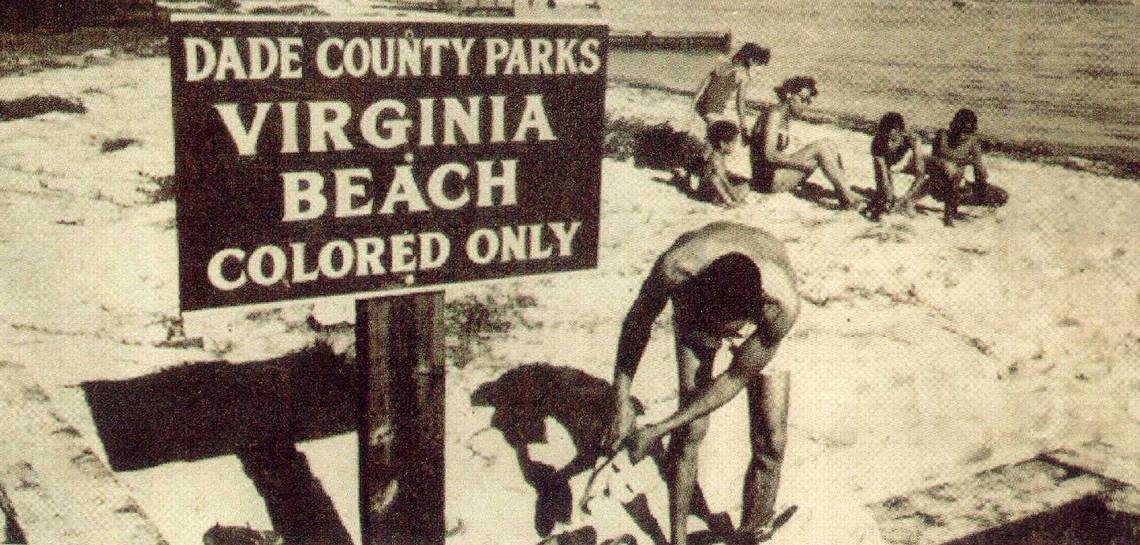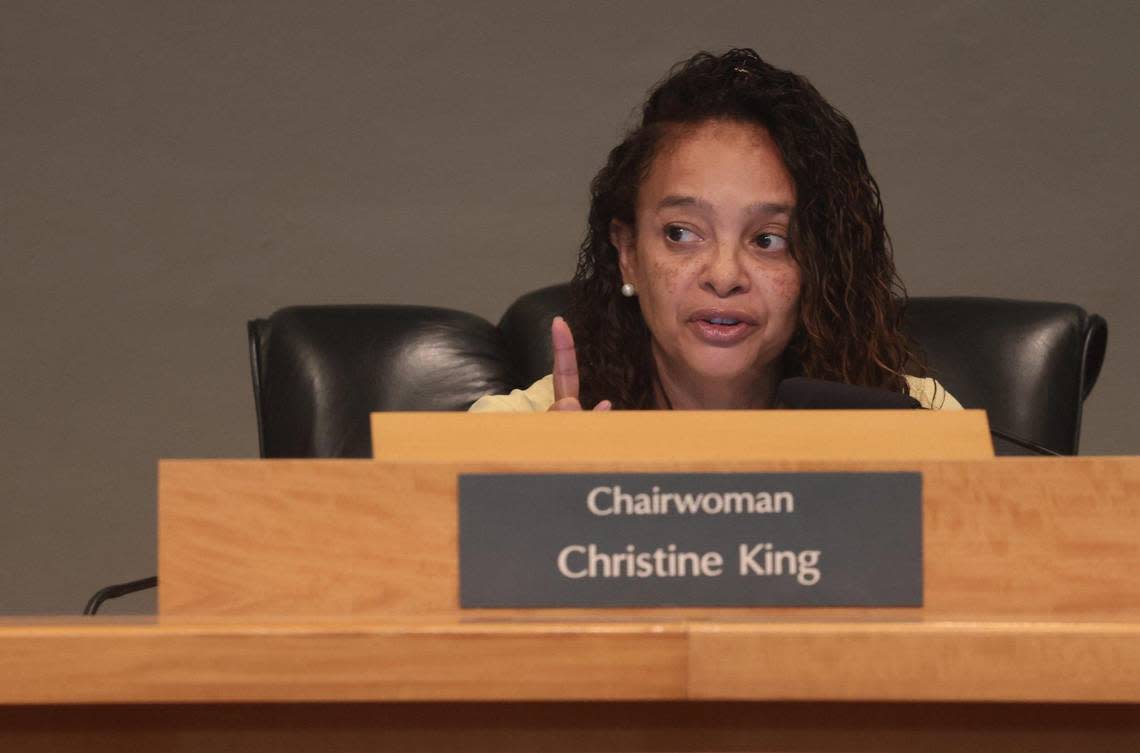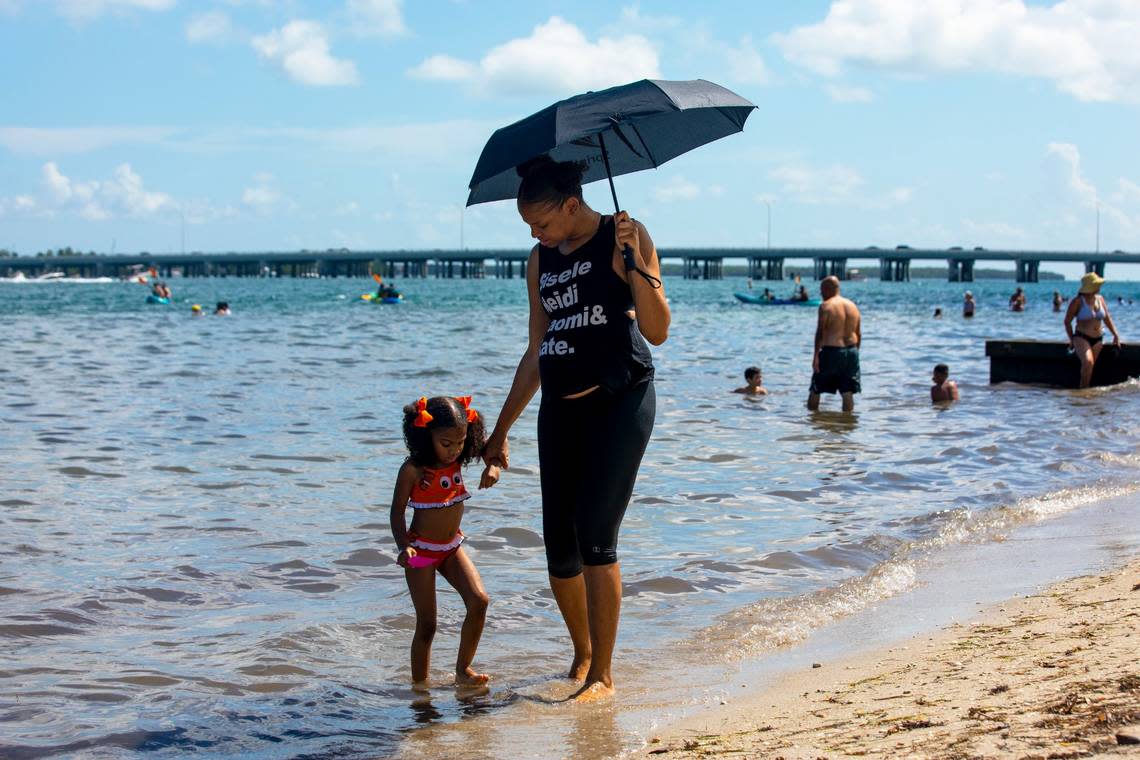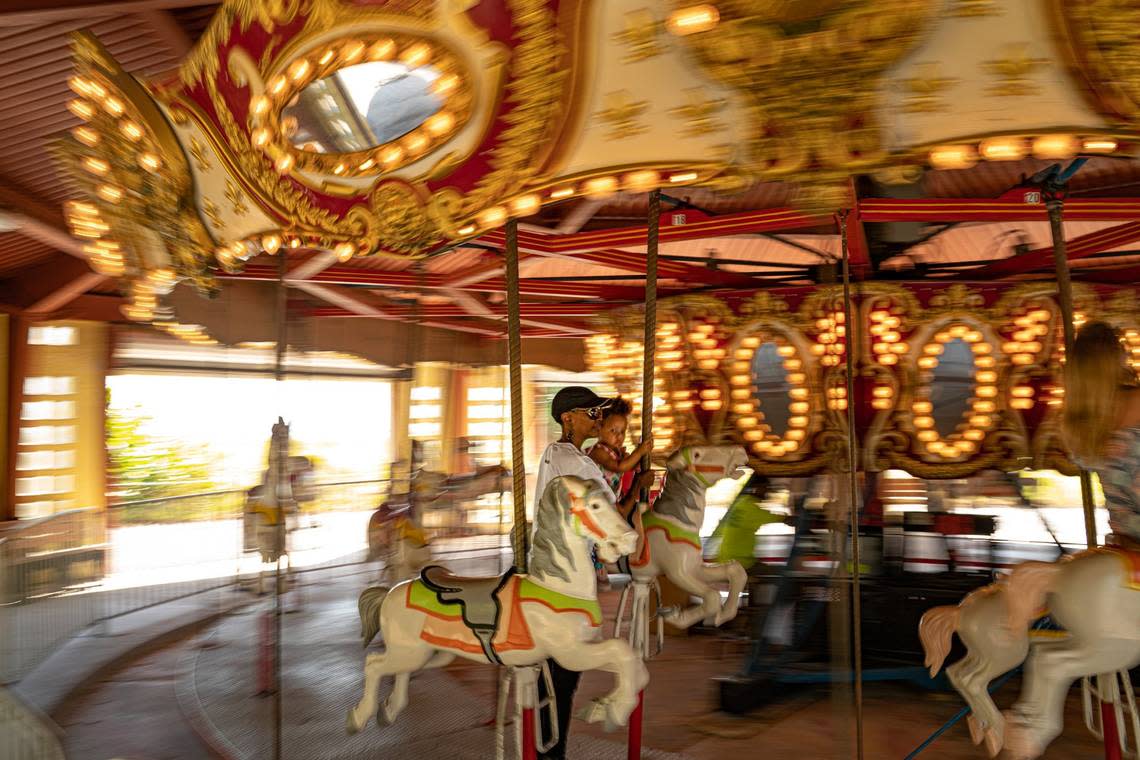Broken Promises: Island off Miami could be our Central Park. Politics got in the way | Opinion
When it comes to civic projects, Miami is rightfully known as a place that’s long on promises and woefully short on follow-through. A towering new condo tower building can pop up overnight, it seems, but the restoration of publicly owned Virginia Key? That’s been dragging on for decades.
The 1,000-acre, natural island just off Miami’s coastline could be a world-class jewel of a park and recreational area. Instead, it remains a faint shadow of that grand vision. Public officials have vowed for years to undo the abuse and neglect the island on the Rickenbacker Causeway has suffered. Some work has been done, and more is promised. But for the most part, progress has been painfully slow as millions of taxpayer dollars set aside for Virginia Key remain unspent, some 18 years later.
Part of the lack of urgency afflicting the effort may stem from the island’s history. Virginia Key was long considered to be throwaway land. During segregation, it offered the only beach where Blacks were officially allowed, part of Miami’s ugly racist past.

In the early ‘60s — or maybe the ‘50s, no one seems sure — officials used Virginia Key for a garbage dump on land that still isn’t fully rehabilitated. Our leaders also stuck a county-owned sewage plant on the island and let the Miami Marine Stadium — a 1960s only-in-Miami waterfront band shell — slide into graffiti-covered disrepair, despite continuing vows to fix it up. Also on the island: the Miami Seaquarium, the focus of intense criticism for its treatment of Lolita, an orca captured more than 50 years ago.
As far back as 1982, the Miami Herald called Virginia Key “a perennial site for big plans that go bust.” That included “a golf course, library site, target range and world’s fair site.” It was also home to a nude beach until the early ‘80s, when the city cracked down, and a film location of sorts — the low-budget horror film, “Island Claws,” was shot there in 1980, starring a giant mechanical crab.
Second-class status
The island hasn’t fully shed its second-class status to this day. The most recent evidence: the Miami City Commission’s takeover of the Virginia Key Beach Park Trust overseeing development of a Black history and civil rights museum planned on the historic Black beach, which the county deeded to the city to be used for park purposes only.
The City Commission ousted every member of the majority-Black board — despite vociferous protests from Miami’s Black community — and replaced it with a board that has just one Black member, Commissioner chairwoman Christine King. She has said she will make two more appointments to the Trust who will be Black.

Has it taken too long to break ground on a museum, especially with the money already set aside? Yes. But the city should have been working with the Trust more closely, not swooping in and removing members wholesale in a fit of pique.
City commissioners cited reasons for the takeover that changed to fit the facts, starting with an audit that purported to show malfeasance — it didn’t — and ultimately landing on the idea that the board had been too slow to build the museum. Would this have happened if this were a Cuban museum? We doubt it.
Adding to the imbroglio: The dismissal of the board came after city commissioners first tried to put a homeless encampment on Virginia Key, a callous and impractical plan — far from services and transportation, for starters — that smacked of sweeping the homeless out of sight while also potentially further degrading the natural environment under restoration. That plan is on hold after a huge public outcry. One of those who opposed it? The head of the Virginia Key board who was ousted just over two months later, though commissioners insist the removal wasn’t punitive.
An outdoor center on the island that was in business for seven years was similarly booted after its owner publicly spoke out against the homeless encampment idea. Code violations and overdue rent were the ostensible reasons, but the timing is certainly suspect.

You could dismiss all of that as politics, but it’s also about controlling the destiny of Virginia Key — and in development-rabid Miami, there’s a lot of waterfront real estate on the island. South Florida has a long, sad history of devaluing open space and letting private developers use public land for their projects — look at the bayfront Miami Heat arena downtown or the soccer stadium, plus shopping mall and hotel, planned for the taxpayer-owned Melreese golf course near Miami International Airport.
Virginia Key must be considered differently. It’s a huge chunk of environmentally sensitive land that has long been talked about as a potential Miami version of Central Park, surrounded by water instead of city streets. With its unparalleled view of Biscayne Bay, it should be treated as a defining asset for Miami — and it should have happened long ago.
Honor the legacy
This isn’t some fond wish we’ve suddenly pulled out of thin air. Taxpayers have repeatedly said they want Virginia Key improved and its legacy honored, and they’ve ponied up some serious money to do it. Miami-Dade County taxpayers pledged $45 million in bond money to clean up and cap the old landfill and another $20 million to build the civil rights museum. There’s also a master plan for the whole island, completed by the city of Miami after umpteen meetings and lots of community involvement.
All of that was years ago. The master plan approval? In 2010. The money for the landfill? Set aside in 2004. Ditto for the museum money: 2004.
Today, the promise of the beautiful, but abused, island remains insufficiently realized. Far too much of the site is still more wasteland than park land or recreational space.

There have been notable areas of progress. Virginia Key Beach, Miami’s historically Black beach, reopened in 2008 after decades of being shuttered. That’s an enormous accomplishment and a boon for our community. It even includes the historical carousel, a slice of the past. There are bike trails on the island now, and it remains a popular spot for kayakers and rowers. Jimbo’s, a disreputable but much-loved throwback of a watering hole, has closed so the shoreline could be restored to a natural state, and there’s been significant mangrove restoration and removal of exotic plants and trees, helping the land to heal itself. Sea turtles nest there; for migratory birds, it’s an important feeding ground on a Southeast Florida coastline cluttered with condos.
And there’s hope of more follow-through. The county included in its projected 2023-24 budget about $21 million for remediation of the Virginia Key dump. If it happens — and the county thinks it will — that would go a long way toward making good on the promise to finally clean up the landfill. County officials tell us that in recent years, they’ve been able to accomplish much of the preliminary work to prepare the site for a two-foot cover of soil — using fill from the port tunnel project — followed by vegetation.
Ecological gem
Projected budgets, though, have a way of changing. Outgoing Miami Commissioner Ken Russell, in whose district Virginia Key sits, said he’s been waiting seven years for that remediation. Still, he said, Virginia Key is “an ecological gem. . . . It’s still a beautiful place to go.”
Miami-Dade Mayor Daniella Levine Cava told the Editorial Board that she believes the work will go forward in 2023. “It is unfortunate how long it has taken,” she said, noting that, “There’s been a lot of changes in city government over this period of time. It has been somewhat of a challenge to get agreements moving forward.”
That’s an understatement, for sure. And so we remain skeptical, until the county budget is approved and the work actually begins.
On the civil rights museum, King has said she believes the project will move more quickly now than it would have been before the takeover of the trust. We hope that’s true, but we have our doubts. When’s the last time that putting a bunch of politicians on a board made it work faster and more efficiently?
Virginia Key is one of South Florida’s special places. Despite all that has been heaped upon it, the island can still offer the opportunity for us to do something important and lasting. Finish the work to create a gorgeous natural environment, yes, but let’s also build a first-class museum, and include the voices of those who served on the Trust. Virginia Key can be for kayakers and beachgoers, and it should, but it should also be something else: a place to acknowledge the struggles of segregation and celebrate the longtime contributions of Miami’s Black community.
Miami city officials, together with the county, must make sure Virginia Key is prized and guarded with zeal, repaired and nurtured into becoming all it can be — not treated badly, allowed to languish or be exploited, any more than it already has.
